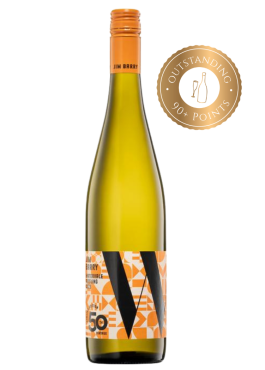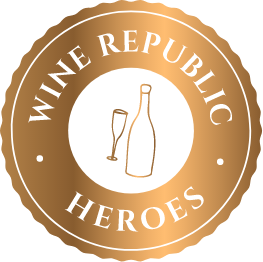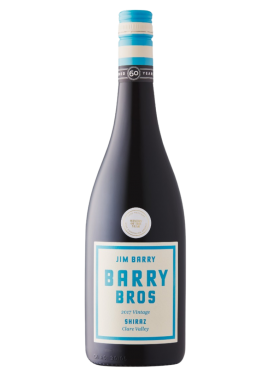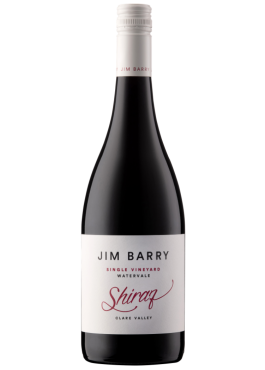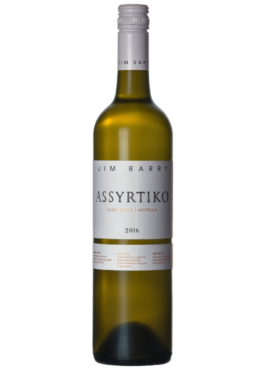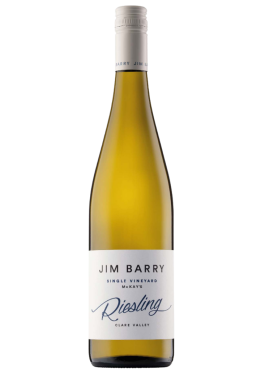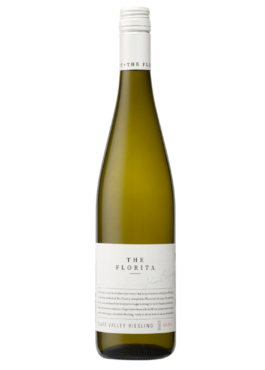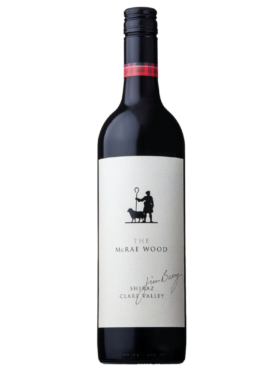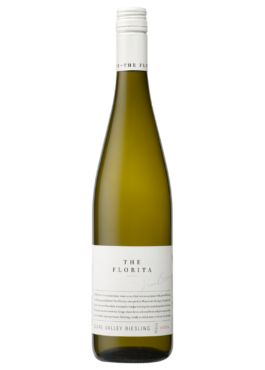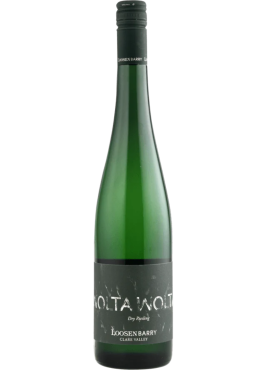Riesling lovers rejoice! It’s time to celebrate – 70’s style- as Jim Barry Wines commemorates 50 consecutive vintages of their popular Watervale Riesling with a limited-edition label.
Located fifteen kilometres south of Clare township, the tiny village of Watervale is nestled in South Australia’s Clare Valley and is internationally renowned for the quality of its Rieslings. Consistently awarded wine since its first release in 1974, the Watervale Riesling is picked from select parcels of vines that achieve ripeness with naturally high acid levels
Mouthwatering aromas of lemon, grapefruit juice, lime and white flowers combine with a lick of mineral, wet slate. Refreshing and intense, the generosity of flavour shows all the hallmarks of Watervale Riesling, perfectly balanced by zesty acidity.
The Watervale Riesling grapes come from a special part of the famed Florita vineyard in Watervale, in the Clare Valley. The Mediterranean climate has a high diurnal temperature difference; the cool nights lead to the preservation of crisp natural acidity and delicate flavours. The vines are planted on south or east-facing slopes, which are best suited to Riesling as they are shielded from the hot northerly summer winds, instead they receive the cooler morning sun.
